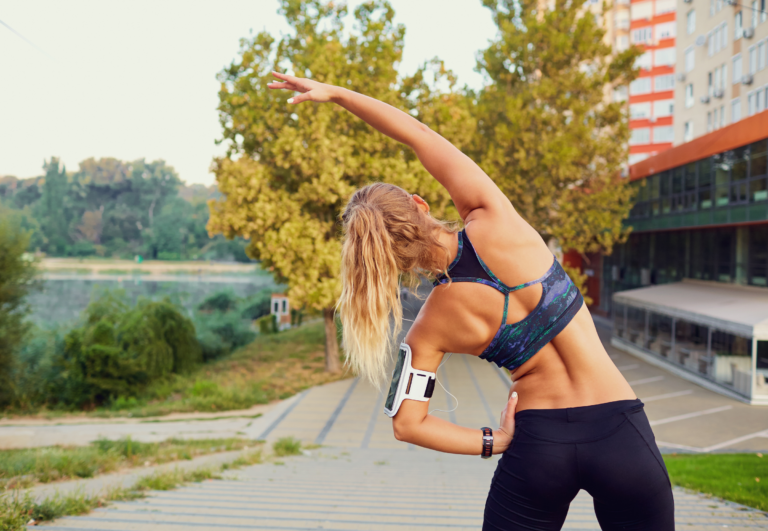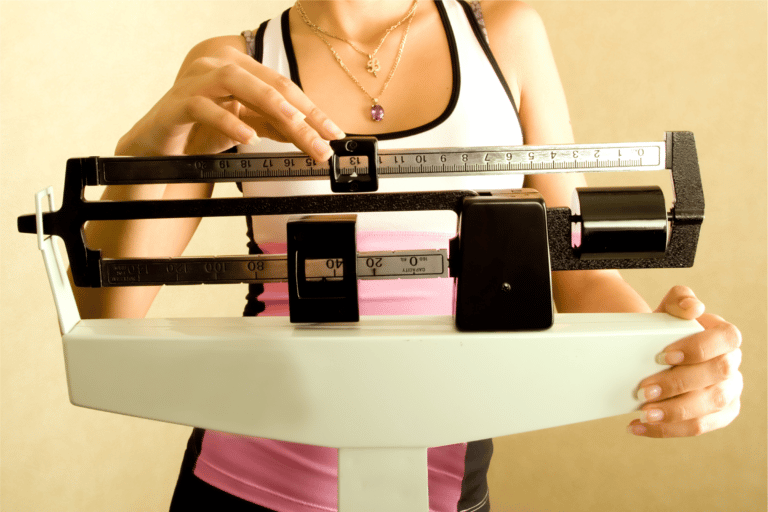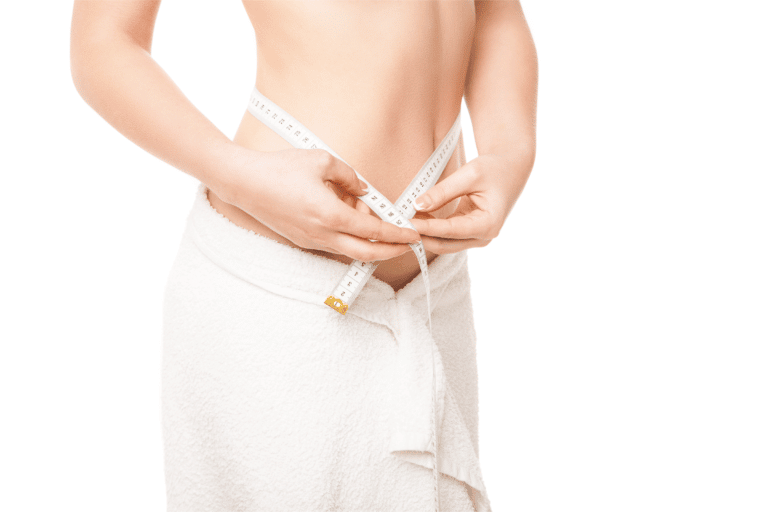Post-Run Muscle Soreness Relief: Speeding Up Your Recovery
Muscle soreness after running, often experienced as stiffness or aching, is a common condition known as Delayed Onset Muscle Soreness (DOMS). This discomfort typically arises after a rigorous running session or when you introduce new exercises to your routine.
As a UESCA certified running coach, I’ve found that proper hydration is crucial for aiding muscle recovery. The lost fluids during a run need to be replenished within the first minutes post-exercise to facilitate the body’s natural repair process.
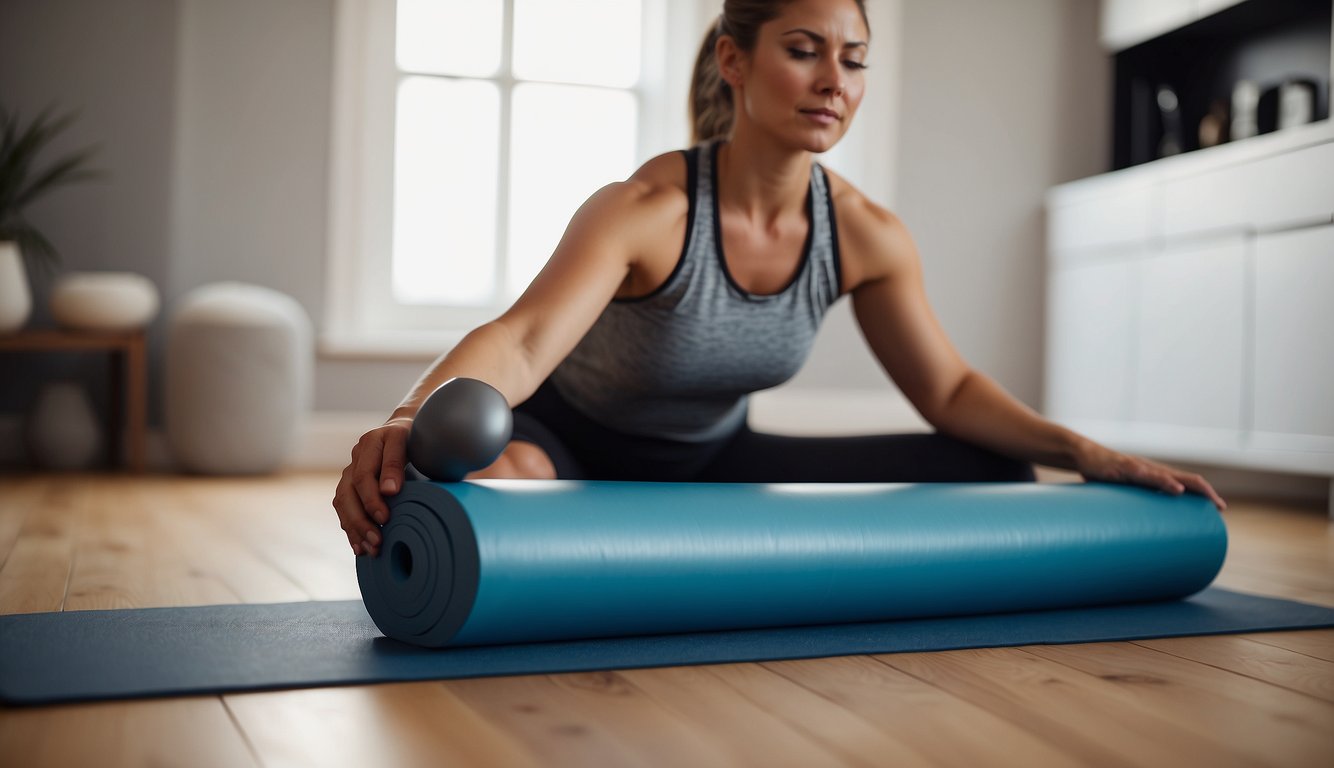
Understanding the causes of post-run muscle aches provides insights into effective relief strategies. Pushing the body beyond its accustomed limits is usually the primary factor leading to DOMS.
As a seasoned runner, I recommend interventions such as dynamic stretching before running and applying restorative strategies afterward, such as gentle massage or using a foam roller to stimulate blood flow to the affected muscles. This approach eases tension and supports the muscle recovery process.
Adopting preventative measures plays a significant role in managing muscle soreness. Incorporating strength training and ensuring proper running form are instrumental in preparing your muscles for the impact of running.
Wearing appropriate footwear tailored to your running style can also mitigate undue strain on your muscles and joints, thereby reducing the likelihood of post-run soreness. Remember, overtraining can exacerbate muscle discomfort, so it’s essential to listen to your body and allow adequate rest between intense running sessions.
What Causes Muscle Soreness?
Muscle soreness after a run is your body’s natural response to the physical demands of the exercise.
As a UESCA certified running coach, I’ve seen many runners face two main types of soreness—each with different onset times and characteristics.
Types of Muscle Soreness
- Acute Muscle Soreness: This type occurs during or immediately after running, described as a burning sensation due to the build-up of lactic acid.
- Delayed Onset Muscle Soreness (DOMS): Typically arises 24-48 hours post-run and is due to micro-tears in muscle fibers that occur during exercise.
Causes of Post-Run Soreness
- Muscle Overload: Pushing muscles beyond their current capacity can lead to soreness.
- Muscle Fatigue: When muscles are tired, form can suffer, leading to increased stress on muscles and soreness.
- Inflammation: Exercise can induce inflammation as part of the muscle repair process; this inflammation can contribute to soreness.
- Micro-Tears: Tiny tears in the muscle fibers caused by physical stress are a natural part of strength building but can also lead to soreness.
Recognizing the reasons for post-run muscle soreness can guide effective prevention and treatment strategies to keep you running comfortably.
How To Help Prevent Muscle Soreness
Preventing post-run muscle soreness starts with incorporating effective strategies that encompass warm-up, training techniques, and nutritional habits.
Proper Warm-Up
I always emphasize the importance of a thorough warm-up to prepare the muscles for the demands of running.
Warm-up exercises should involve dynamic stretching to enhance blood flow and flexibility. By focusing on dynamic movements, we can prime our muscles and joints, which may help decrease the likelihood of post-run soreness.
- Dynamic Stretches to Include:
- Leg swings
- Arm circles
- Walking lunges
Fitness and Training Techniques
Steady progression in training is crucial for allowing the body to adapt to increased demands without overexertion. I advise incorporating a mix of low and high-intensity workouts to build endurance gradually while avoiding overtraining.
- Training Tips:
- Gradually increase running mileage (no more than 10% per week)
- Include rest days to allow for muscle recovery
- Consult with a healthcare professional before making significant changes to your training regimen
Nutrition and Hydration
A balanced intake of carbohydrates, proteins, and fats is essential for muscle recovery and glycogen replenishment. I highlight the importance of post-run meals that include a combination of carbs and protein to aid in repair and recovery processes.
Proper hydration before, during, and after a run helps maintain electrolyte balance and supports overall muscle function.
- Post-Run Nutritional Guide:
- Carbohydrates: 1.0-1.2g per kg of body weight
- Protein: 15-25g
- Hydration: 16-20oz of fluid post-run, more if running in heat
Recovery Techniques for Muscle Soreness
Effective post-run recovery techniques are crucial to minimize muscle soreness and prepare the body for the next workout. What I recommend incorporates both active and passive strategies, as well as proper nutrition to help the body heal and strengthen.
Active Recovery
Active recovery involves low-intensity movement that increases circulation, promoting nutrient delivery and waste removal from the muscles. After a run, I advise a cool-down period that includes:
- A brisk walk or gentle jog for 5-10 minutes.
- Dynamic stretching, focusing on major muscle groups.
This approach aids in reducing lactic acid buildup and prepares the muscles for the subsequent resting phase.
Passive Recovery
Passive recovery is about giving the body the time to heal with minimal physical exertion. Key components of passive recovery include:
- Sleep: 7-9 hours of quality sleep to facilitate muscular repair and hormonal balance.
- Rest: Full days off or very light activity days to prevent overuse injuries.
- Massage: To help alleviate muscle tightness and improve circulation.
| Method | Frequency | Duration |
|---|---|---|
| Sleep | Daily | 7-9 hours |
| Rest | As needed | 1-2 days |
| Massage | 1-2 times a week | 15-30 min |
Nutrition for Recovery
Proper nutrition post-run plays a critical role in the recovery process. Eating a balanced snack or meal containing carbs and protein within an hour after running is essential for:
- Glycogen replenishment: carbs restore muscle energy stores.
- Muscle repair: protein provides the building blocks for repair.
Hydration is equally important; replenishing fluids lost through sweat is necessary for cellular function and muscle recovery.
| Nutrient | Purpose | Post-Run Examples |
|---|---|---|
| Carbohydrates | Restore glycogen | Banana, whole-grain bread, sports drink |
| Protein | Repair and build muscle tissue | Greek yogurt, chocolate milk, lean meat |
| Fluids | Hydration | Water, electrolyte beverages |
Following these focused recovery techniques allows me to get the most out of my training and stay ready for the next run.
Over-the-Counter Solutions
Anti-inflammatory Medication: My recommendation is to consider anti-inflammatory drugs like ibuprofen, but only if necessary and after consulting a healthcare provider.
Topical Analgesics: Products containing menthol or arnica, such as Tiger Balm, can be applied directly to sore muscles to provide temporary relief.
Professional Therapies
Massage:A professional massage can enhance muscle recovery and relieve soreness; even a 20-minute session has been found beneficial.
Foam Rolling:I often suggest incorporating foam rolling into post-run routines to aid in reducing delayed onset muscle soreness (DOMS) and improving flexibility.
Natural and Alternative Treatments
Ice Baths: Ice baths or cold water immersion can help in the initial 48 hours post-exercise by reducing inflammation and soreness.
Stretching Routine: A stretching routine, focusing on all major muscle groups, particularly those that are sore or tight, aids in alleviating discomfort and supporting muscle recovery.
Incorporating these interventions, from ice baths to massage and stretching, can play a role in a runner’s recovery strategy. It’s important to apply these treatments appropriately and listen to the body’s response to each of these remedies.
Tools and Equipment
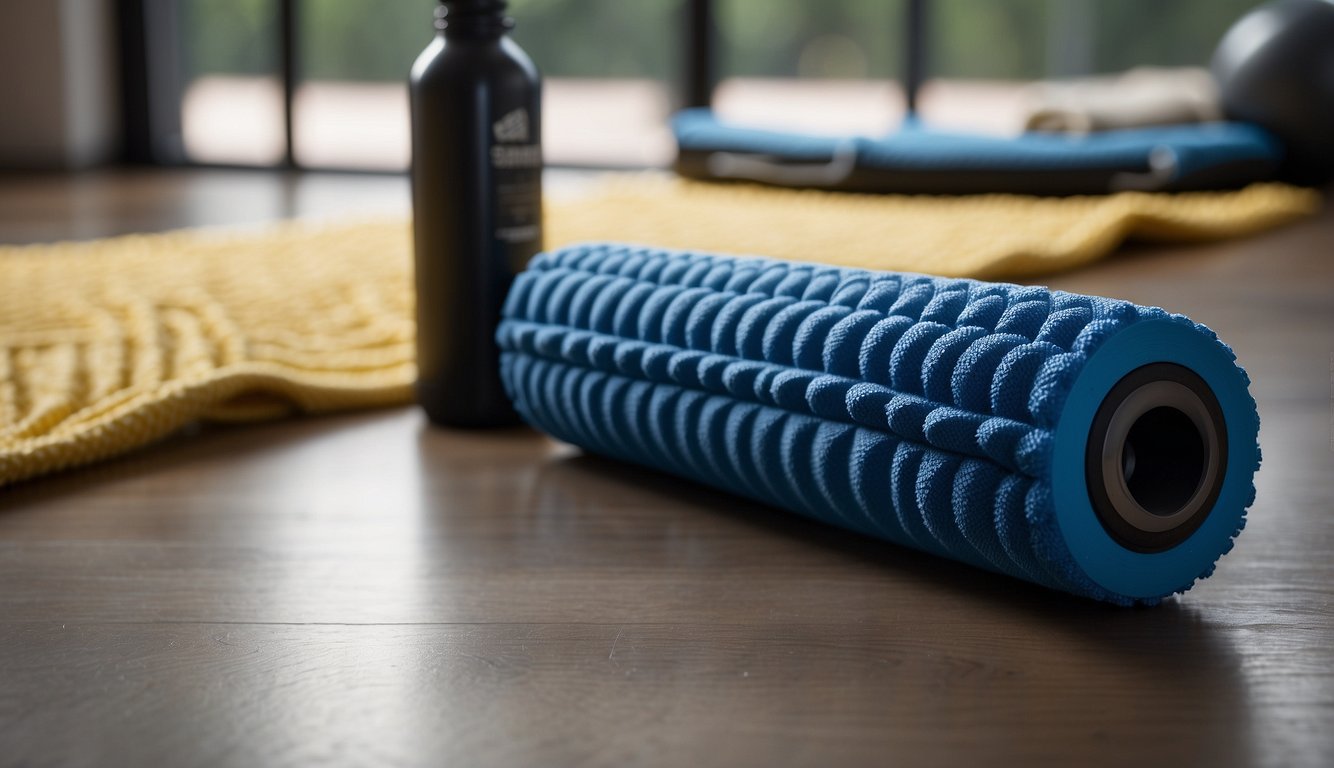
After a challenging run, reducing muscle soreness and speeding up the recovery process is essential. I recommend using the right tools and equipment that can alleviate discomfort and enhance blood flow, helping muscles recover more efficiently.
Foam Rollers and Massage Tools
Foam rollers serve as a self-myofascial release technique to relieve soreness and improve muscle recovery. By applying pressure to specific points on your body, you are able to aid in the breakdown of knots and resumption of normal blood flow. Additionally, massage tools, like hand-held rollers and massage guns, target deeper layers of muscle and can be particularly effective in managing soreness.
- Best Foam Roller: For general use, a high-density foam roller is ideal for most runners.
- Massage Gun: Great for deep targeted relief, especially for areas that are hard to reach with a foam roller.
Compression Garments
Compression garments, such as socks, calf sleeves, or tights, may enhance recovery through improved blood circulation. The gentle pressure these garments provide can also reduce muscle oscillation during a run, which may lead to decreased soreness post-exercise.
- Compression Socks: Helpful for reducing inflammation and promoting blood flow in the lower legs.
- Calf Sleeves: Can be worn during runs to minimize muscle oscillation and post-run to aid in recovery.
Heat and Cold Therapy
Applying heat or cold therapy can assist in managing post-run soreness and inflammation. Heat therapy helps to relax muscles and increase blood circulation. On the other hand, cold therapy can reduce inflammation and numb sore tissues, providing pain relief.
- Heat Therapy: A warm bath or a heat pack can help relax tight muscles.
- Cold Therapy: Ice packs or a cold bath can be effective for reducing inflammation and soreness after a run.
Exercise and Mobility Work
Incorporating exercise and mobility work into your post-run routine can significantly aid in reducing muscle soreness and improving flexibility for future runs. As a UESCA certified running coach, I find targeted yoga and stretching rituals, coupled with mobility drills tailored for runners, to be essential tools for recovery and performance.
Yoga and Stretching Routines
I recommend yoga to enhance flexibility and address muscle tightness in runners. Focus specifically on poses that target the quads, hamstrings, calves, and hips to alleviate soreness and promote recovery. Below is a simple yoga sequence that runners of all levels can practice:
- Downward-Facing Dog: Stretches the hamstrings and calves.
- Warrior I: Opens hips and strengthens quads.
- Triangle Pose: Lengthens the sides of the torso and stretches the hamstrings.
- Pigeon Pose: Eases tension in the hips.
For each pose, aim to hold for about 30 seconds to a minute, breathing smoothly to encourage muscle relaxation.
Mobility Drills for Runners
Mobility drills are essential to maintain the range of motion required for efficient running. These drills help keep your joints and soft tissues conditioned for movement:
- Leg Swings: Swing your legs forward and back, and then side to side, to loosen up the hips and legs.
- Walking Lunges: Perform to improve flexibility in the hips and strengthen the quads.
- Ankle Circles: Perform clockwise and counter-clockwise rotations to promote ankle mobility.
Incorporate these drills both pre-run as a warm-up and post-run to decrease stiffness. Remember, maintaining consistent exercise and mobility work can not only aid in your recovery but also help improve your overall running performance.
Dietary Supplements and Foods
As a UESCA certified running coach, I understand the crucial role that diet plays in recovery from muscle soreness post-run. Incorporating the right dietary supplements and recovery-focused foods can significantly enhance muscle repair and replenishment of nutrients.
Macro and Micronutrients
I stress the importance of protein intake after a run because it aids in the repair of muscle tears. The body requires a balance of carbohydrates for energy replenishment and fats for inflammatory response and healing. Micronutrients like electrolytes are essential for hydration, which is critical in the recovery process.
Recommended Macro and Micronutrient Intake:
- Protein: 1.2 to 2.0 grams per kg of body weight daily
- Carbohydrates: 6 to 10 grams per kg of body weight daily
- Fats: No more than 30% of daily calorie intake
Recovery-Focused Foods
I often recommend specific foods that cater to recovery needs:
- Chocolate milk: Serves as a great post-run drink because it provides a good balance of protein and carbohydrates.
- Yogurt and peanut butter: These are excellent choices for protein and healthy fats; they also help with satiety.
- Orange juice: High in vitamin C, this can help with reducing oxidative stress.
- Brown rice: A solid source of complex carbohydrates, it ensures sustained energy release.
- Hydration: Water remains the best for rehydration, but sports drinks can replenish lost electrolytes.
Top Foods for Muscle Recovery:
| Food Item | Benefit |
|---|---|
| Chocolate milk | Balances protein and carbs |
| Greek yogurt | High in protein |
| Peanut butter | Healthy fats and protein |
| Orange juice | Vitamin C for antioxidant support |
| Brown rice | Sustained energy |
My practice is to guide runners to consume these within a 30-minute window post-run, to maximize the body’s ability to utilize these nutrients effectively for recovery.
Lifestyle Adjustments
In my experience as a UESCA certified running coach, two pivotal aspects for alleviating muscle soreness post-run involve your lifestyle habits: sleep and stress management. These elements play crucial roles in not just physical recovery, but also in hormonal balance which is essential for long-term athletic improvement.
Optimizing Sleep for Recovery
I advise runners to prioritize a consistent sleep schedule as a cornerstone for effective recovery. It is during sleep that the body undergoes critical repair processes. Strategies for Optimization:
- Regular Timing: Aim to go to bed and wake up at the same time daily.
- Environment: Create a sleep-conducive environment: cool, dark, and quiet.
Managing Stress and Hormones
Balancing stress and hormones is equally important. Elevated stress levels can interfere with recovery due to the release of catabolic hormones like cortisol. Practical Steps:
- Relaxation Techniques: Incorporate practices such as deep breathing, meditation, or yoga.
- Balanced Lifestyle: Ensure rest days are scheduled, along with work and family commitments, to prevent overtraining and excessive stress buildup.
Recognizing When to Seek Medical Advice
In my experience as a UESCA certified running coach, it’s crucial to distinguish everyday muscle soreness from signs that warrant medical attention. Knowing when soreness is more than just the result of a good workout can save you from long-term injury.
Identifying Signs of Overtraining
Overtraining can manifest in several ways, all hinting that a break or medical consultation might be necessary. Pay attention to consistent increased heart rate or elevated blood pressure, which can be indicative of overtraining.
Persistent fatigue and decreased performance despite increased effort are also telltale signs. If you’re experiencing these symptoms, it might be time to check in with a healthcare professional.
| Sign of Overtraining | Description | Action Suggested |
|---|---|---|
| Elevated Resting Heart Rate | Heart rate is higher than normal at rest. | Measure daily and consult a physician if continuously elevated. |
| Persistent Fatigue | Lack of energy that doesn’t improve with rest. | Take a break and hydrate; seek advice if condition persists. |
| Reduced Performance | Struggling with workouts that were previously manageable. | Assess training load and consider speaking with a professional. |
When Soreness Indicates Injury
Soreness should typically subside within a few days. Concern arises when pain is sharp, one-sided, or when it significantly impacts your mobility. These can be symptoms of an injury, such as a strain or stress fracture, and a healthcare professional should evaluate them.
Don’t hesitate to reach out to a physician if you notice swelling, severe pain, or if the discomfort doesn’t decrease after 48 hours.
| Symptom | Possible Injury | Action Suggested |
|---|---|---|
| Sharp Pain | May indicate a muscle or tendon strain. | Contact a physician for assessment. |
| Unilateral Discomfort | Pain on one side which could signify a more serious issue. | Schedule an appointment with a healthcare provider. |
| Swelling or Severe Pain | Could be a sign of inflammation or a more significant injury. | Seek immediate medical attention. |
As a coach, my advice is always to listen to your body and err on the side of caution when it comes to pain and discomfort after running.


